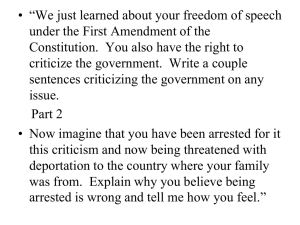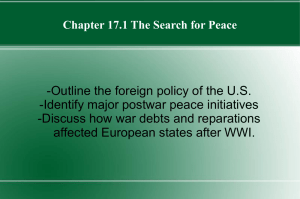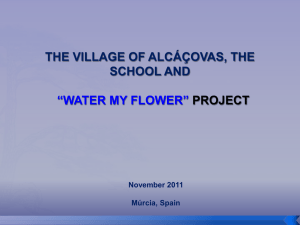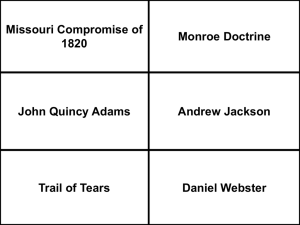Carbon Dioxide Reduction
advertisement
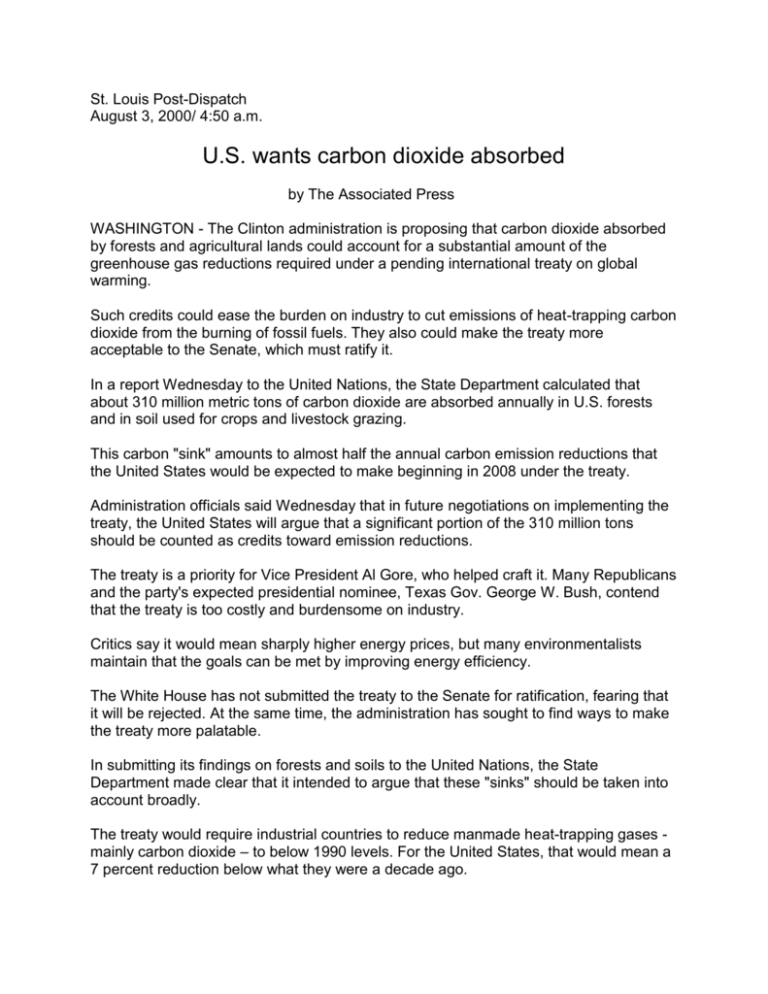
St. Louis Post-Dispatch August 3, 2000/ 4:50 a.m. U.S. wants carbon dioxide absorbed by The Associated Press WASHINGTON - The Clinton administration is proposing that carbon dioxide absorbed by forests and agricultural lands could account for a substantial amount of the greenhouse gas reductions required under a pending international treaty on global warming. Such credits could ease the burden on industry to cut emissions of heat-trapping carbon dioxide from the burning of fossil fuels. They also could make the treaty more acceptable to the Senate, which must ratify it. In a report Wednesday to the United Nations, the State Department calculated that about 310 million metric tons of carbon dioxide are absorbed annually in U.S. forests and in soil used for crops and livestock grazing. This carbon "sink" amounts to almost half the annual carbon emission reductions that the United States would be expected to make beginning in 2008 under the treaty. Administration officials said Wednesday that in future negotiations on implementing the treaty, the United States will argue that a significant portion of the 310 million tons should be counted as credits toward emission reductions. The treaty is a priority for Vice President Al Gore, who helped craft it. Many Republicans and the party's expected presidential nominee, Texas Gov. George W. Bush, contend that the treaty is too costly and burdensome on industry. Critics say it would mean sharply higher energy prices, but many environmentalists maintain that the goals can be met by improving energy efficiency. The White House has not submitted the treaty to the Senate for ratification, fearing that it will be rejected. At the same time, the administration has sought to find ways to make the treaty more palatable. In submitting its findings on forests and soils to the United Nations, the State Department made clear that it intended to argue that these "sinks" should be taken into account broadly. The treaty would require industrial countries to reduce manmade heat-trapping gases mainly carbon dioxide – to below 1990 levels. For the United States, that would mean a 7 percent reduction below what they were a decade ago. According to the State Department analysis, U.S. emissions are likely to be about 2.1 billion tons by 2008. The treaty would require that to be cut to 1.5 billion tons from 2008 to 2012. Negotiations are scheduled this year to try to reach agreement on how to achieve such reductions, including what credits the United States should get for carbon dioxide that is absorbed in trees and soil. Most European countries do not want to give sizable credits for such sinks, in part because they have fewer forests and agricultural lands than the United States. David Sandalow, assistant secretary of state for the environment, said it had not been determined how much of the 310 million tons of carbon should be subject to credits. Roger Ballentine, the White House's climate change director, said the United States would seek "a pretty significant number" of tons. Many environmentalists have opposed heavy reliance on forest and agricultural carbon sinks, contending that would mean less emphasis on cutting greenhouse gases from industrial plants and other sources. Some scientists also argue that not enough is known about the environmental impact of heavy reliance on forest and agricultural carbon sinks. For example, additional treegrowing might threaten old-growth forests or ecologically fragile ecosystems.



